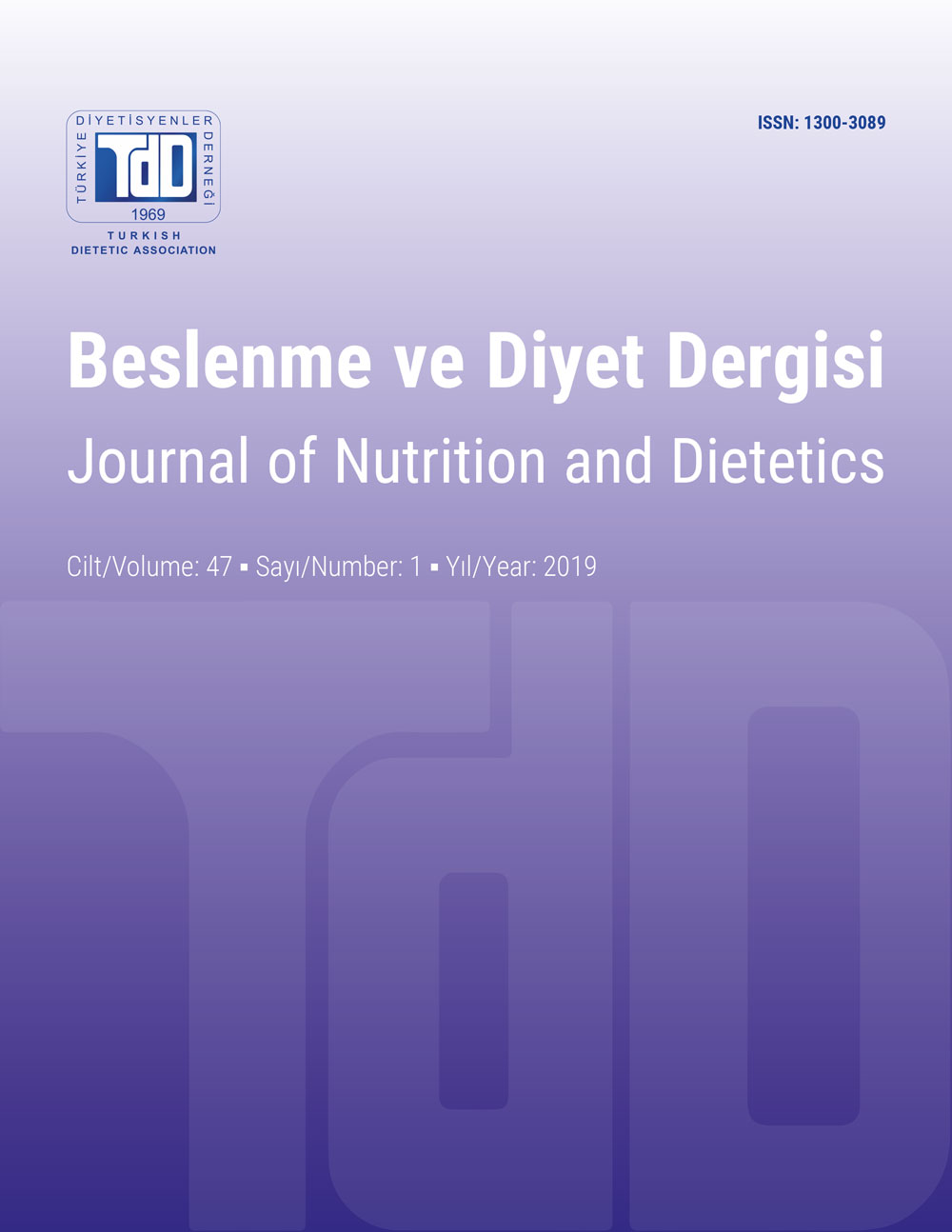Baby Led Weaning Model and Baby’s Preferences in Complementary Feeding Practices
DOI:
https://doi.org/10.33076/2019.BDD.1201Keywords:
Baby led weaning, complementary feeding, choking risk, nutrient intakeAbstract
Baby led weaning (BLW) was developed as an alternative feeding method to the traditional complementary feeding model for term babies in 2001-2002 by Gill Rapley. The food offered to the baby varies according to the person interested in feeding the baby in the BLW method. There is no standard training and practice guide on how caregivers will be trained and how to implement them. The BLW approach has been discussed in many respects such as macro- and micronutrient deficiencies, choking risk, nutritional preferences and quality, effect on hunger satiety mechanism, the effects of family attitudes on the baby, as the baby progresses in accordance with the active participation and preferences of the baby. There is no explanation for recommending the BLW method by the World Health Organization. The European Society for Paediatric Gastroenterology, Hepatology and Nutrition (ESPGHAN) also reported that there was insufficient evidence to draw conclusions about the BLW approach in 2017. Therefore, extensive controlled studies are needed in this area. BLW model, which is popular in recent days, is examined in the current literature in this review.

